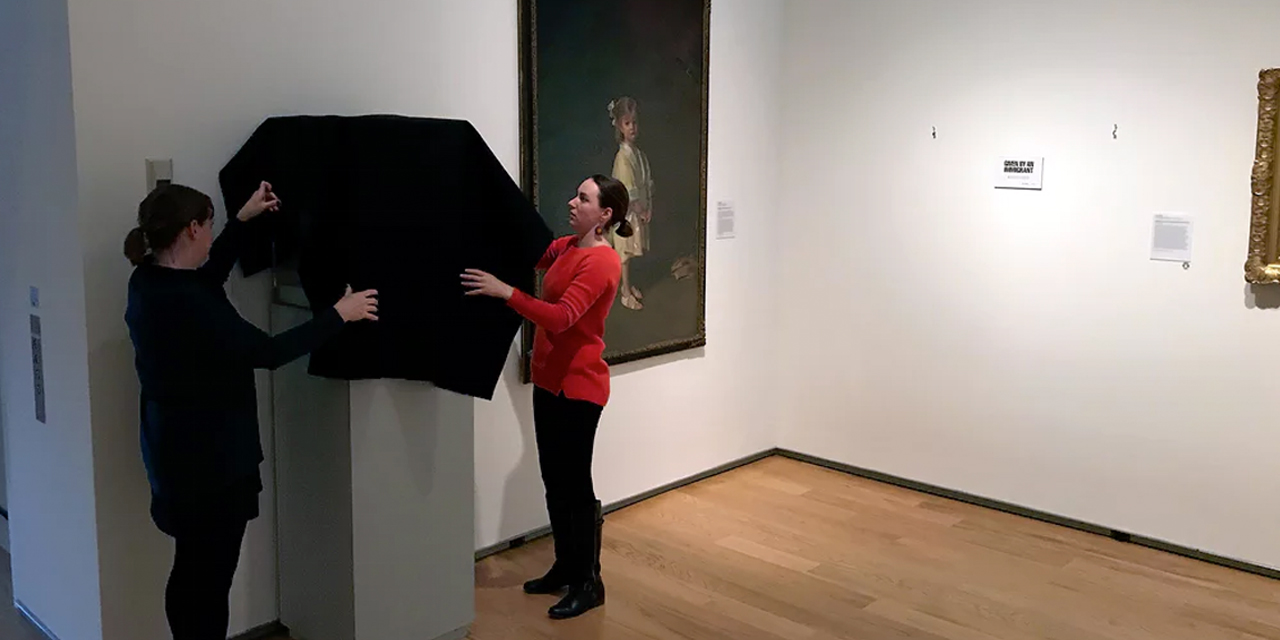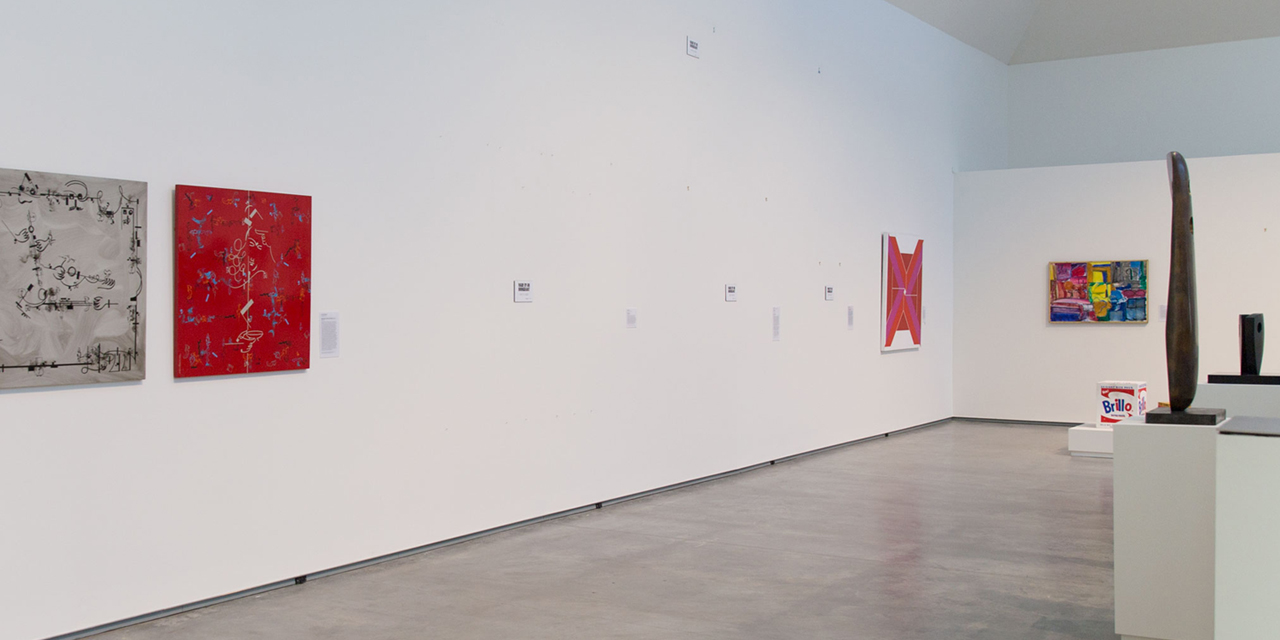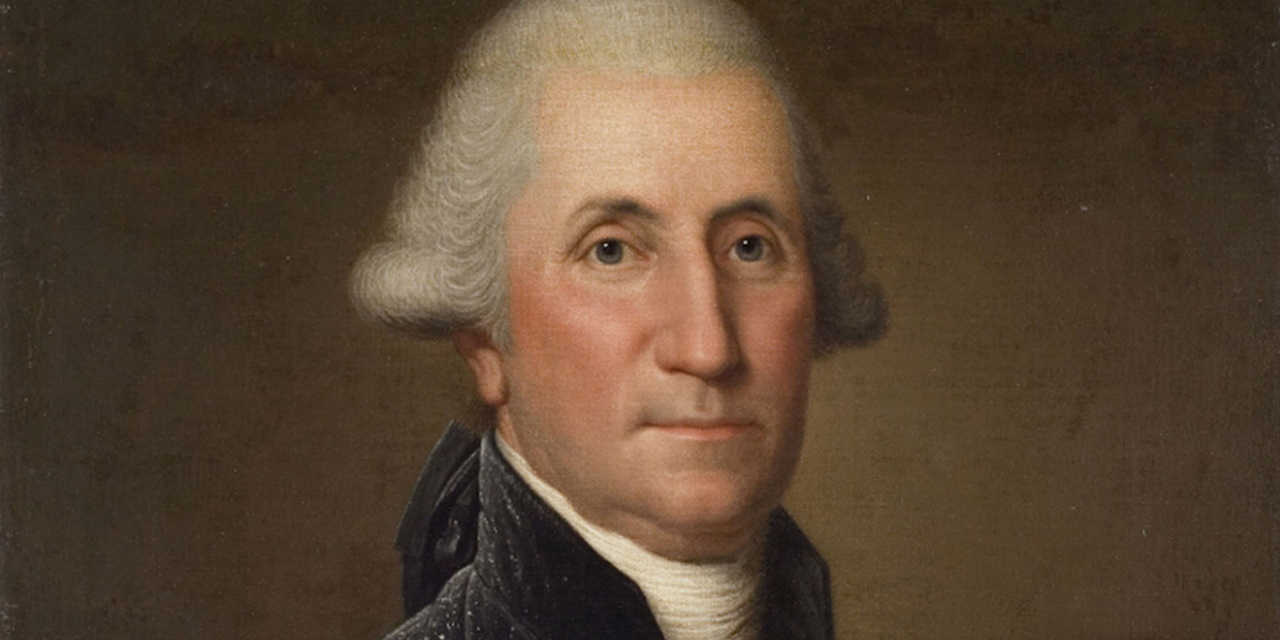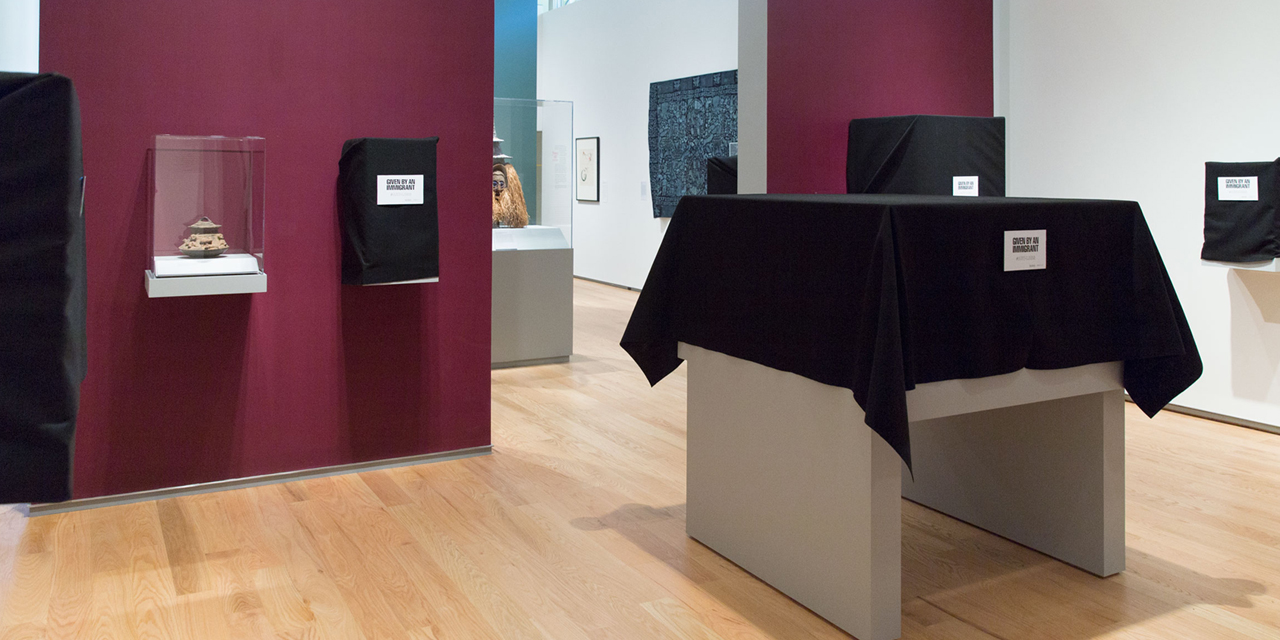The Davis Highlights Immigrants’ Contributions to the Museum in “Art-Less”

In September 2016, the Davis Museum at Wellesley College celebrated the opening of the reinstallation of its permanent collections galleries. This Presidents Day weekend, the Museum has removed many of its prized pieces in observance of “Art-Less,” an initiative that demonstrates the significant contributions immigrants have made to the Museum and to American art in general.
From Thursday, February 16 through Tuesday, February 21, all works created or donated by immigrants will either be removed or covered in black cloth; “Made by an Immigrant” and/or “Donated by an Immigrant” labels will explain their absence.

The decision to obscure some 120 works, or about 20 percent of the Museum’s collections on view, is a direct response to President Trump’s recent executive order aimed at travelers from seven Muslim-majority nations. It also affirms a statement issued by the Association of Art Museum Directors on January 30, which read, in part: “We are deeply concerned that with the current executive order, artistic and scholarly collaborations could now be in jeopardy, just at the moment when cultural exchange and understanding are more important than ever.”
“Art-Less demonstrates in stark and indisputable terms the impact of immigration on our collections,” said Lisa Fischman, the Ruth Gordon Shapiro ’37 Director of the Davis, “and we proudly take the opportunity to signal that impact, to honor the gifts of creativity and generosity that make the Davis Museum and the Wellesley community great.”

The Davis initiative has been discussed in both art and mainstream media across the nation, including the Guardian, CNN, artnet , and the Boston Globe. In an interview with the art newsletter Hyperallergic, Fischman said, “As an academic institution, located on the Wellesley College campus, we uphold the educational mission and values of the college—inclusivity, access, integrity, excellence. I think this statement goes to the heart of those values… It also demonstrates the many ways one might find a voice, or articulate a perspective; one hopes we are educating by example the next generation of cultural citizens.”
A particularly notable absence during the Presidents Day holiday is a stately oil painting of President George Washington. This portrait was painted by the Swedish-born artist, Adolf Ulrik Wertmüller, an immigrant who came to the United States in the 1790s.

The Museum’s African galleries will also be heavily affected by Art-Less: Nearly 80 percent of the works there were donated by the Klejman family, who immigrated to the United States from Poland after World War II. Just five years later, their daughter became a student at Wellesley.




